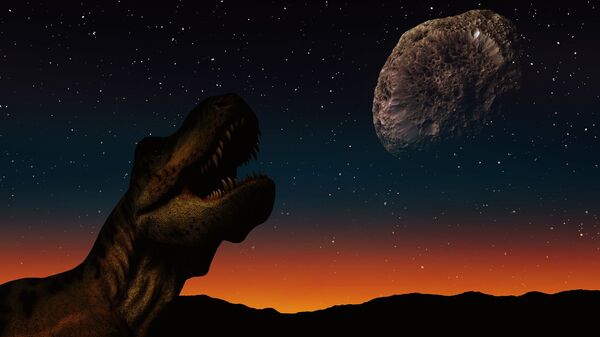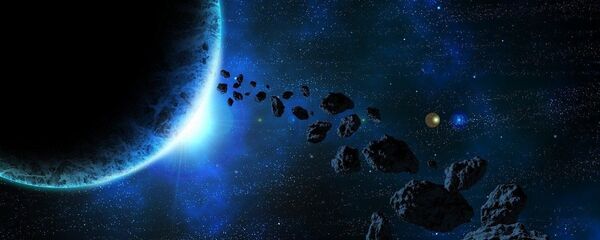A team of researchers analysed the Chicxulub crater in Mexico with the help of 3D simulations to conclude that the asteroid that led to mass intinction of dinos more than six million decades ago struck the Earth at an angle of up to 60 degrees, which was a worst-case scenario for the planet’s inhabitants at that time, a new study published by Nature Communications revealed.
“The Chicxulub impact was a very bad day for the dinosaurs”, Professor Gareth Collins from the Imperial College London and the paper’s lead author told AFP.
“It makes it even more remarkable that life survived and recovered as rapidly as it did”, the researcher added, noting that the impact from the intruder was “worse” than the scientists initially thought.
According to the team, which also included researchers from the University of Freiburg and the University of Texas at Austin, if the impact has happened at shallower or near-vertical angles, the amount of dust or other debris put into atmosphere as a result of the collision could have been significantly lower, potentially leading to different results.
“Sixty degrees is a more lethal impact angle because it ejects a larger amount of material fast enough to engulf the planet”, Professor Collins explained. “The Chicxulub impact triggered a mass extinction because it ejected huge quantities of dust and gas out of the crater fast enough to disperse around the globe”.


